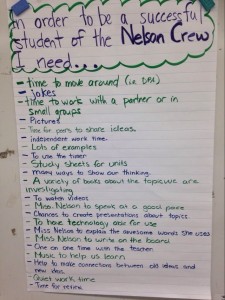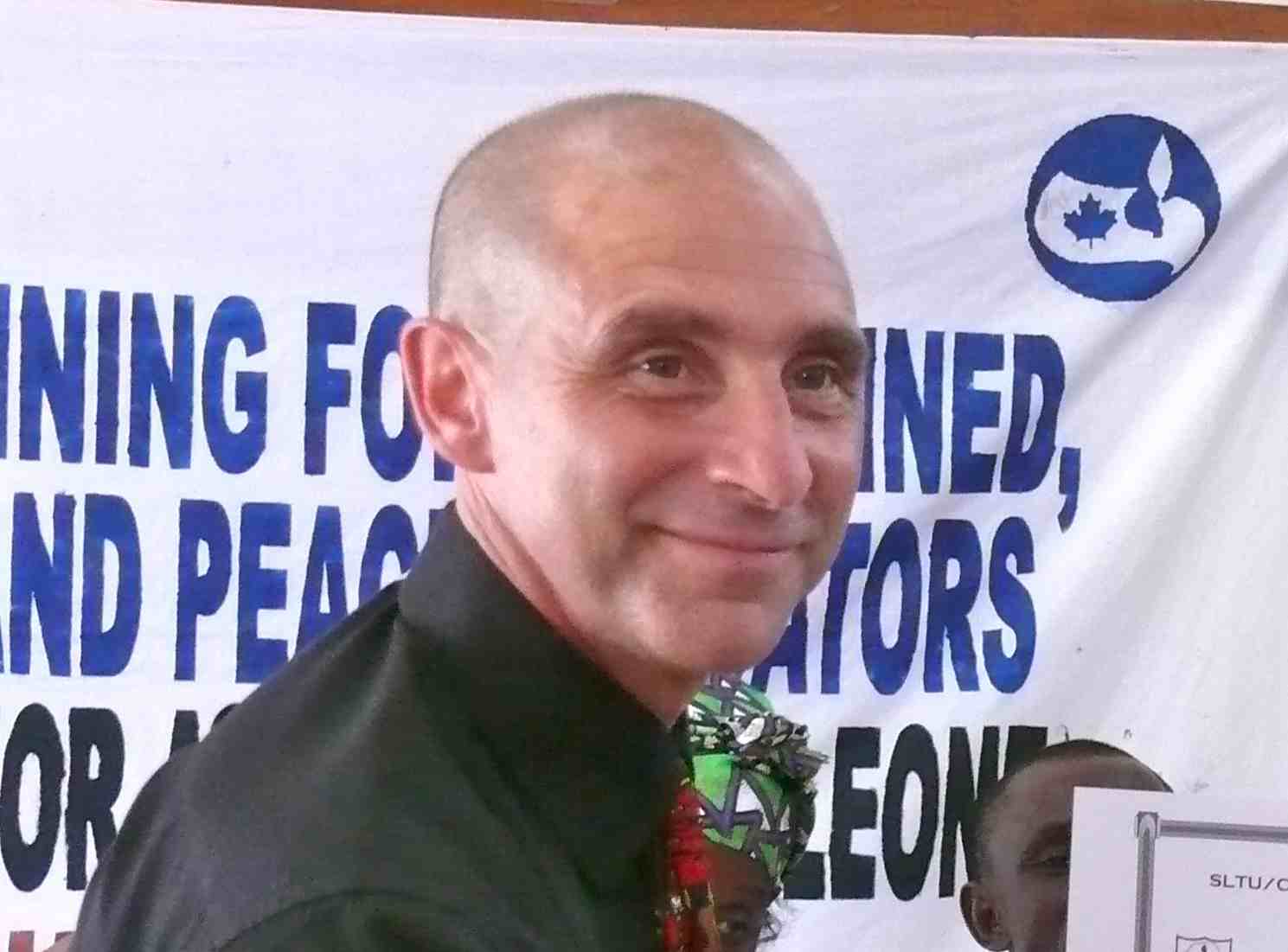Knowing that I have a worm composter in my kindergarten classroom, two girls (grades 1 and 2) came up to me last week as they walked in from recess holding a bucket of earthworms. A bucket. Full of worms.
They asked me if they could join these worms with the ones in my classroom, and I had to tell them, “No”, that just as there are different kinds of fish or dogs in the world, so are there many different kinds of worms, and these two kinds were very different, not to mention the fact that the worms in the bucket had been born in the wild and that is where they should remain. The students were a little disappointed by my answer, especially after all their hard work delicately harvesting about 2 cups of worms, so I suggested that they could introduce them into the gardens in our courtyard (outdoor) classroom. The girls headed into the courtyard, found a spot near a tree and gently dumped the contents of the bucket on the ground. They were very proud of themselves and told me they knew about how worms help us so they felt that they had really helped the worms, too.
While I was on lunch duty in their classroom a while later, the girls were still eager to talk to me about the worms – evidently, the vermicomposter makes me some sort of expert in the way of the worm. Anyway, they told me that they were just getting started. The girls had BIG PLANS. They wanted to start their own Worm Care Service, since they know exactly what worms need. “Great!” I said, as I realized what a great inquiry-based learning opportunity this was, “Maybe you should make some posters and business cards telling people what it is you do.” This got them even more excited and they wanted to get down to work as soon as they finished eating. Even though selling a worm care business may not be a realistic venture, there is the fact that the girls could at least have an opportunity to share their knowledge about worms. And that is how the idea of a Children’s Fair to showcase students’ environmental interests and projects has come to be added to this year’s Earth Day Celebration. Being the first time at my new school, it will start out with just one or two tables, if we’re lucky, showcasing students and their nature-conscious projects and hobbies. The Fair is open to grades 1 to 6, and all the students will get a chance to visit and ask questions and learn from each other.
Having done something like this last year at my previous school on Earth Day, I had forgotten how rich an experience it was for the students involved. I realized afterwards that it had been so successful because it was an opportunity for students to do something at school which had no rubric or assessment attached to it, and for which they were highly motivated. Last year, all I did was call a meeting together asking students how they would like to participate in the Earth Day Celebration. That’s when things just started to morph into them wanting a way to share their knowledge or expertise about the environment. At the meetings, there were lots of ideas and “Can I…?” questions. In the end, not everyone was ready to set up a table with items and information, but at least it got them to consider the possibility that something they know or do could be of some interest and value to their peers and the adults in their life. This year, I don’t know what expertise we will showcase, but If someone has a feather or rock collection they are proud of, if they know how to fold newspaper into compost bin liners, or if they know how to make bird calls or care for worms, then the Children’s Fair is the place to show what you know.


